Another cold case hots up!
This elegant octagonal bowl is part of the Plastics Historical Society collection that is on long loan to MoDiP. It came to us documented as manufactured by British Industrial Plastics (BIP) for the Magneto Syndicate. Evidence from the object included "M-L BEATL ML115 MADE IN ENGLAND” moulded on its base.

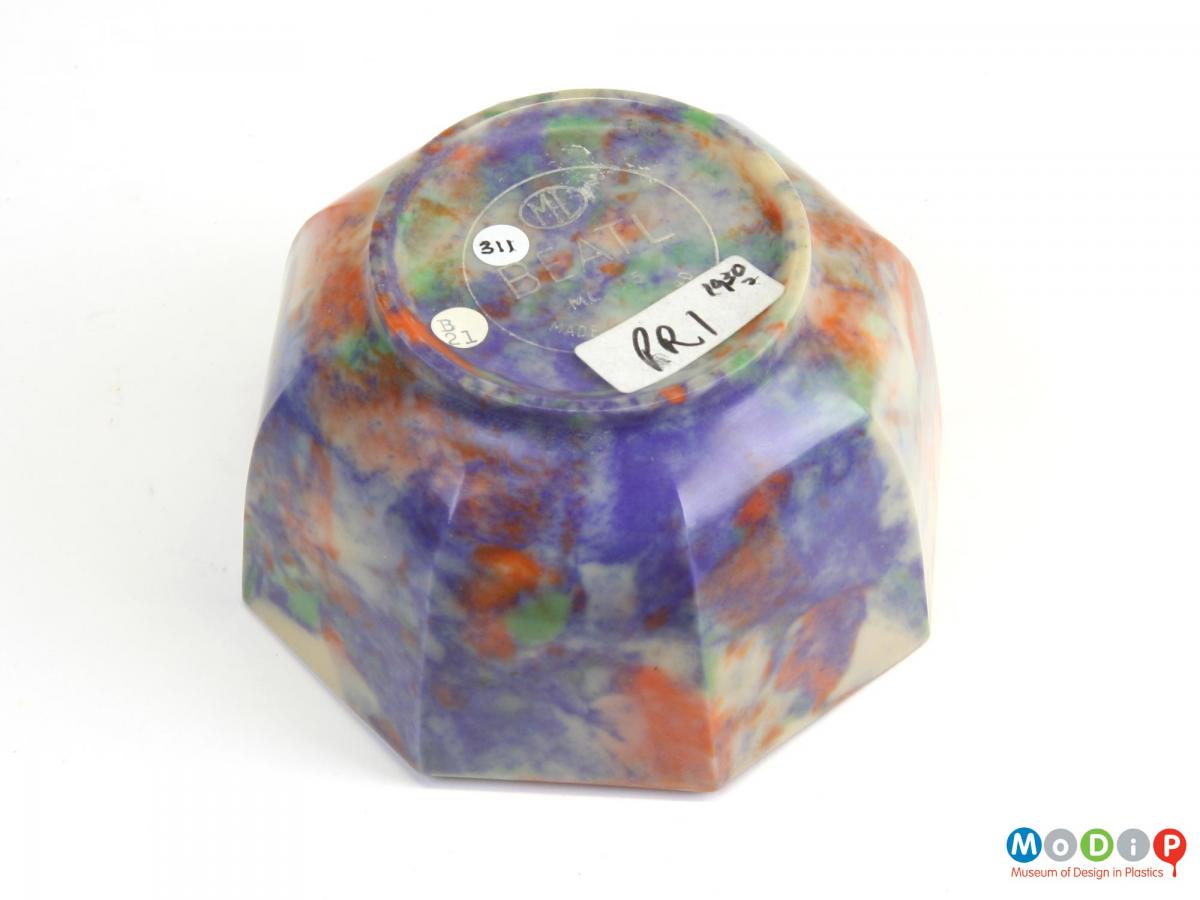
The indefatigable Ian Holdsworth quickly came up with information about the M-L Magneto Syndicate culled from Graces Guide: http://www.gracesguide.co.uk/M._L._Magneto_Syndicate confirming the involvement of the Magneto Synidcate: M-L was the company's logo.
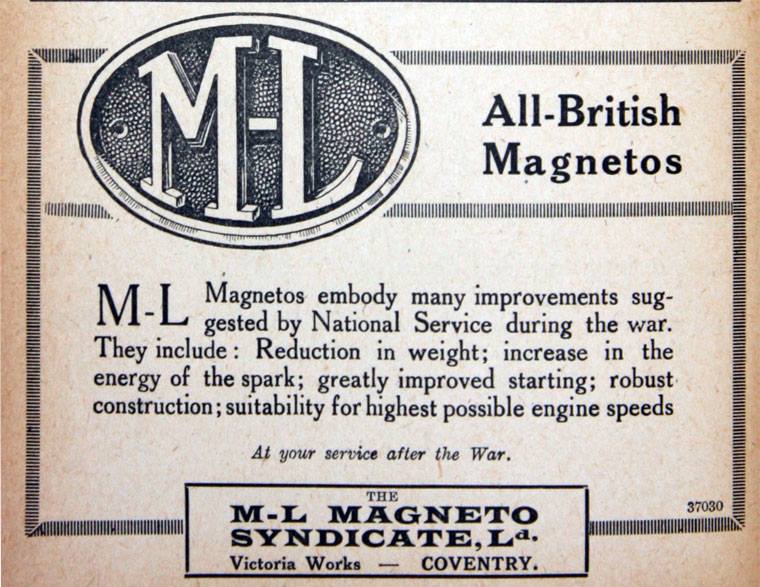
The M-L Magneto Syndicate was a lighting, starting and ignition business owned by Smiths. Smiths was a British engineering company involved in wide-ranging specialty engineering activities and later became Smith's Industries. The Magneto Syndicate was eventually sold to Joseph Lucas as part of a general trading agreement.
The moulding of the word Beatl on the bowl’s base supported a link to the British Cyanides Company later to become BIP as the makers of the moulding powder but did not confirm that BIP had been the manufacturer. As explained on Derek Barnsley’s Bandalasta website, Beatl was originally termed Beetle apparently after the trade mark of the British Cyanides Company. When Beetle powder began to be used for making tableware it was thought people might not like the association with beetles so it was changed to Beatl, said to come from BEAT ALL. In 1927 the British Cyanides Company formed a subsidiary, Beatl Sales Ltd, and in 1926 opened The Beatl Shop in Regents Street. It sold products made from Beatl by various manufacturers including M-L as demonstrated by advertisements also reproduced on the Bandalasta website.
We asked the question as to why a firm making ignition systems might have such a lovely bowl made for it by BIP and wondered, without coming to any conclusion, whether it could have been as a promotional item. Now two months later, Ian Ralph has come up with another suggestion. He writes:
‘I would like to make the following observations from the comments already made and from two primary sources namely the bandalasta website and from the book ‘The Story of B.I.P.' by Cyril S Dingley 1962/63. I also refer to a personal collection of ‘Bakelite’ items.
Firstly I have two similar bowls to yours/MODIPs by ML but in different colour ways, so my belief is that your bowl is not a promotional item.
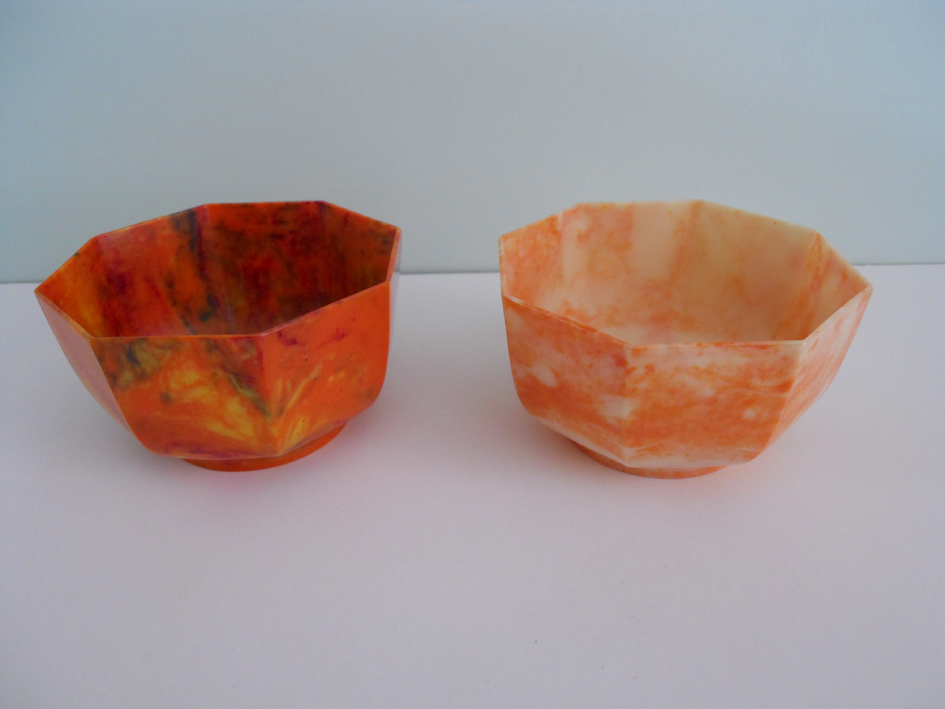
I have also seen others for sale on ebay. Additionally, I have two other different designs of bowl by ML in the same colourway as your bowl!
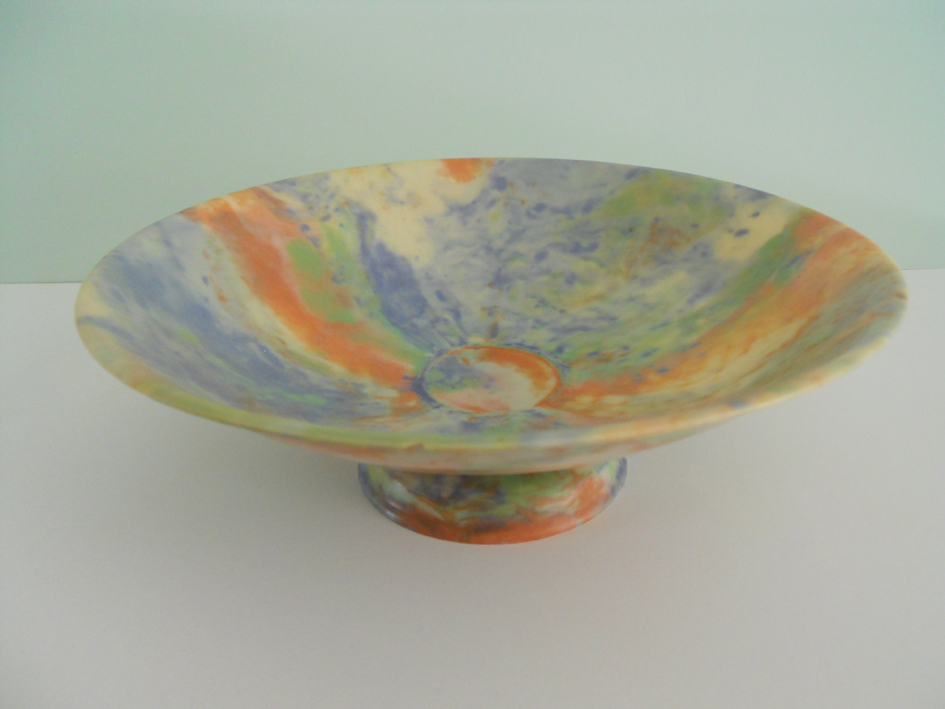
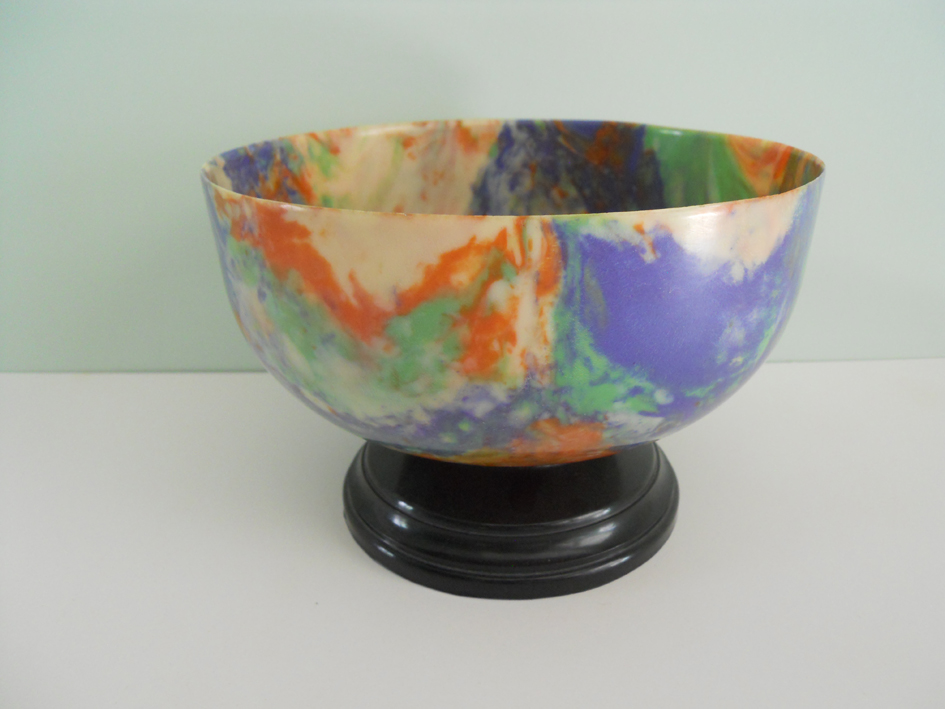
Ian Ralph also tells us that both these designs are illustrated in advertisements for the Beatl Shop in Regent Street that appeared in Punch or the London Charivari, the first dated 18 December 1929 and the second 23 April 1930. They can be seen here. The earlier advertisement shows a bowl by ML in orange but as the illustration above shows it was also produced in the same colourway as the bowl that is the subject of this blog.
Ian Ralph continues:
This almost certainly implies that your bowl as a design dates from at least 1929 and was likely sold in the Beatl shop... I have to question your belief that your bowl was manufactured by BIP for ML. When considering the information supplied by Ian Holdsworth regarding ML - Magneto Syndicate Ltd, in conjunction with the information on the bandalasta website regarding ML it would seem that as manufacturers of automotive parts they were probably using phenol formaldehyde/Bakelite as a moulding material for its electrical insulation and heat resisting qualities. With the subsequent invention of urea formaldehyde by the British Cyanides Company in 1925, I like to believe ML decided to expand their portfolio as a moulding company into housewares… perhaps also to reduce any risk that their new owners Smiths might pose.
So why would BIP have manufactured the bowl for ML. Perhaps more importantly, on reading the above mention book it states that BIP did not exist before 1936 as it was previously the British Cyanides Company… so when considering your ML bowl and the other two bowls in the same colourway and as depicted in the Beatl adverts, the advert dates are much earlier than the existence of BIP.
Another interesting observation concerning ML is to do with their logo/product inscriptions. I am aware of three different product inscriptions. The one depicted on your bowl I consider to be dated between the other two. There is a much simpler more modern version and there is what I believe to be an older version… I have an old Urea ‘tennis cup and saucer’ which carries an ML logo identical to the one shown in the ML Magneto Syndicate Ltd advert supplied by Ian Holdsworth… additionally it says ‘Made of Beatl at Coventry England’. Again this implies that ML moulded their own products, not BIP.’
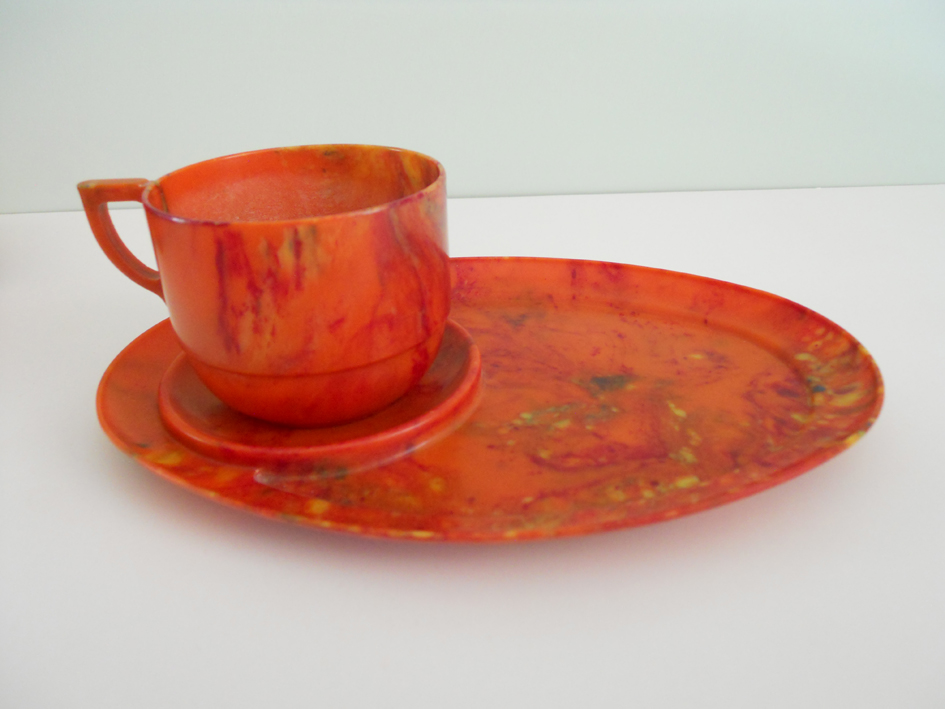

So, thank you, Ian Ralph, that clinches it. The Plastics Historical Society's bowl (on loan to MoDiP) was made by the M-L Magneto Syndicate Ltd from 1929 and may well have been sold in the Beatl Shop in Regent Street. We will correct the documentation that appears on the MoDiP website. We also wanted to know who designed the bowl. Whereas in the case of this bowl you could argue that the shape was simply borrowed from Wedgwood that cannot have been the case for the cup and saucer illustrated. There must have been someone deciding on the shapes to be moulded. Finding out who that was is the next challenge.


 #10
#10 #10;</body></html>" />
#10;</body></html>" />

